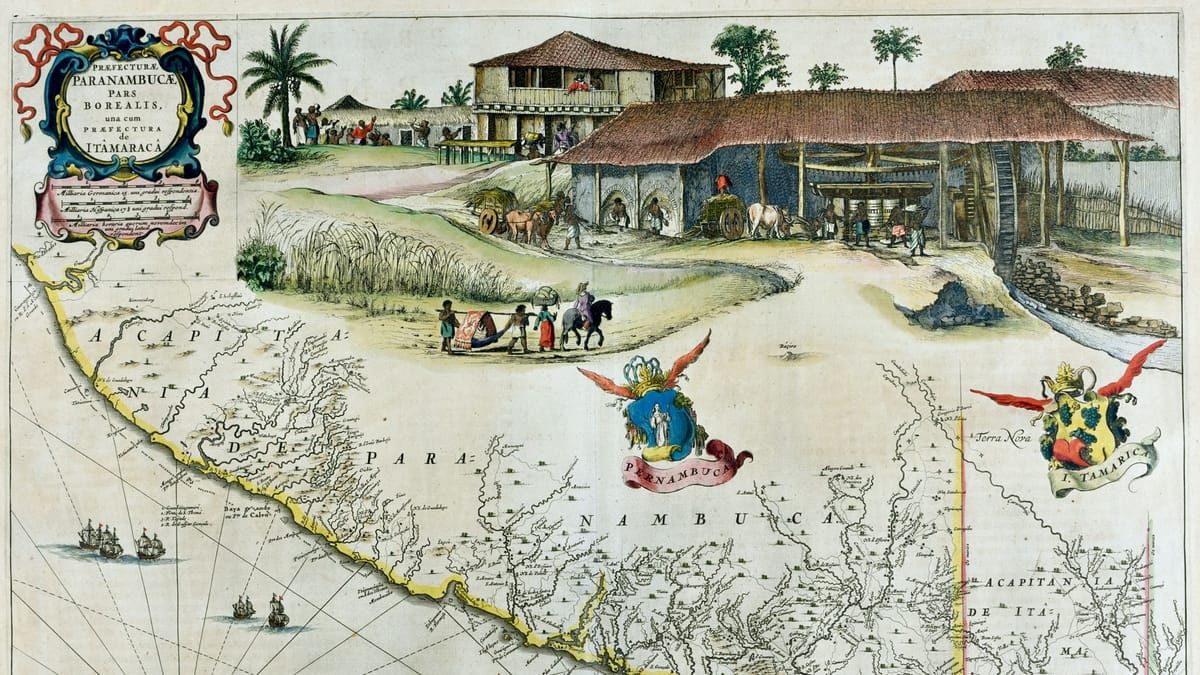Commodities and Environments: Florence and the Indo-Atlantic World, 1500-1800

Dates: 19 November 2024 - 10 January 2025
Venue: Biblioteca Riccardiana, Via de' Ginori, 50123 Florence
This exhibition explores the knowledge that Europeans gained from the sixteenth to the eighteenth centuries about different environments, and the flora and fauna of the Indo-Atlantic world. From pearls to porcelain, from cod to coffee, passing though sugar and shells, this exhibition is a journey around the world through commodities and their environments. It reflects on how their production, cultivation, and extraction shaped various environments, as well as the tastes and material expectations of their consumers. Many of the stories presented here reflect on the increasing knowledge and understanding of the large land and oceanic expanses of the Indo-Atlantic world. Yet, they are also unhappy reminders of processes of colonisation and exploitation of these environments that accompanied the setting up of the European maritime empires in this period.
Twenty-five books and manuscripts that are part of the extensive collection of the Riccardiana Library in the city of Florence were selected to illustrate themes such as animals, spices, the marine world, stimulants, crops and materials and productions. Of course, the exhibition could not be comprehensive: fruits such as tomatoes, spices such as nutmeg, dyes such as cochineal, or animals such as turkeys were left on the cutting room floor. While the Riccardiana’s collection demonstrates the wealth of the knowledge present in Florence from the sixteenth to the eighteenth centuries, we also note the gender bias in the authorship of the works included in this exhibition. Many of the novel and important commodities presented here affected the lives of women as much as those of men. Yet, the codification of knowledge was inexorably in the hands of male scientists, travellers, collectors, botanists, and artisans. Aware of this limitation, we invite the viewers to reflect on the role that women played as readers, users, and indeed knowledge makers in the early modern period.
